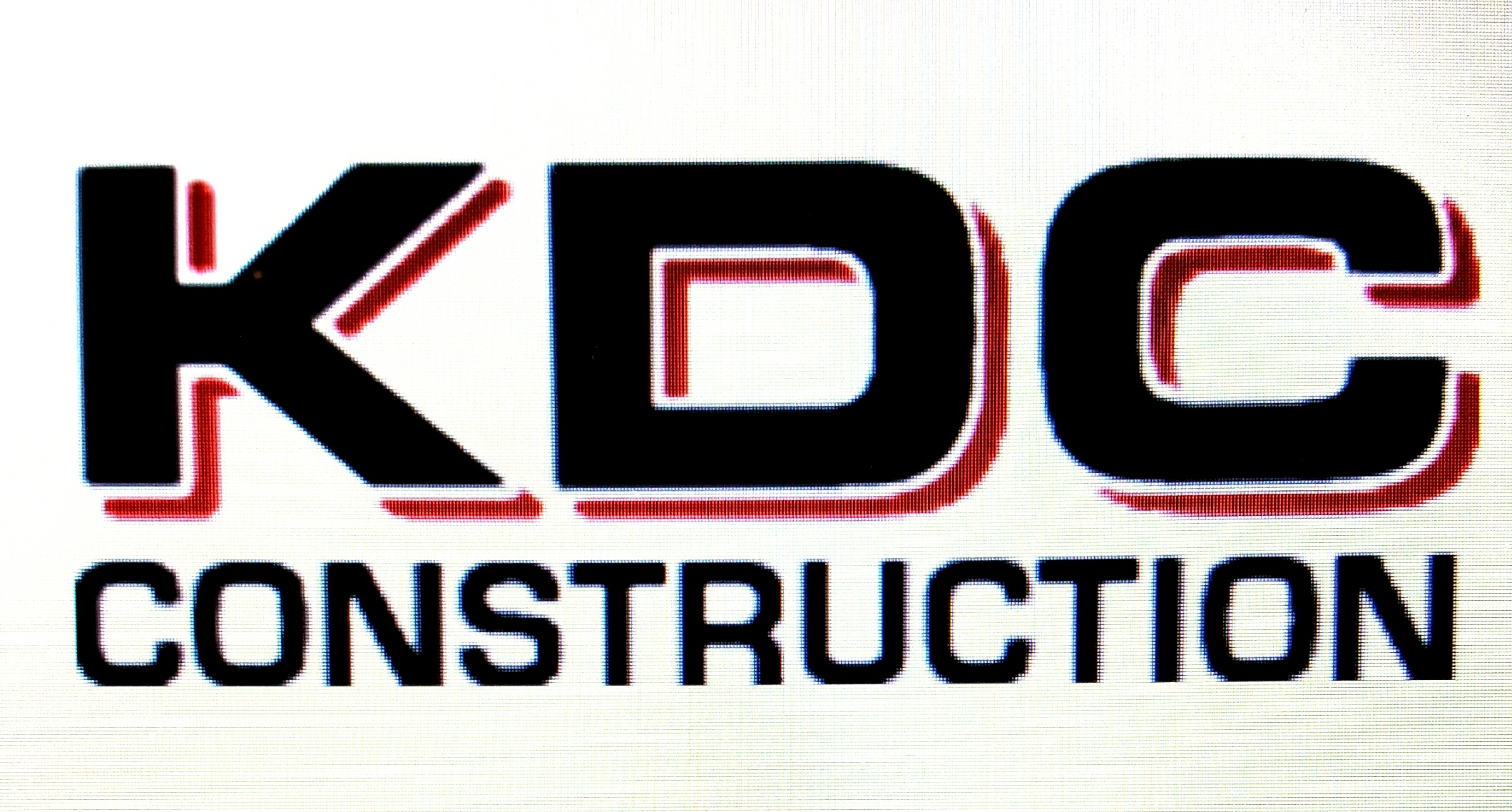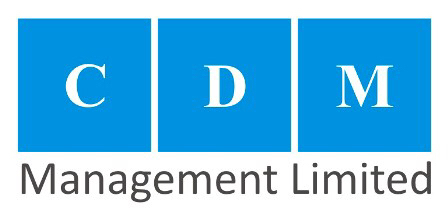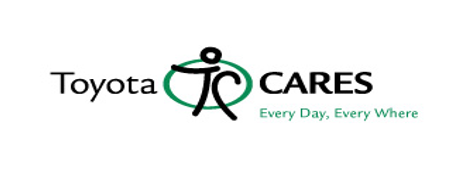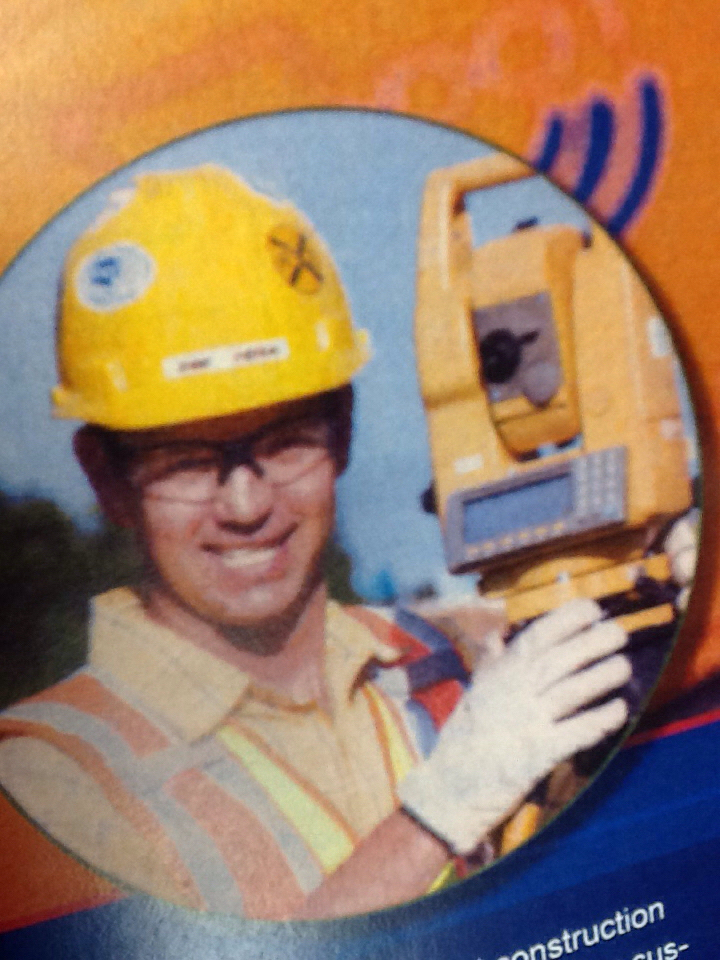Information
-
Audit Title
-
Client / Site
-
Conducted on
-
Prepared by
-
Location
-
Personnel
1. Working at Heights
-
1.1. Fall risks of 2m or more? (including voids, pits, and trenches)
-
1.2. Lack of edge protection?
-
1.3. Unsafe or incomplete edge protection?
2. Plant and Equipment
-
2.1. Unsafe or damaged plant/equipment? (including missing or damaged guards)
-
2.2. Incorrect plant /equipment for job? (e.g. grinding discs for cutting)
-
2.3. Unsafe or incompatible attachments used with plant/equipment?
-
2.4. Unlicensed operators?
-
2.5. Lack of safe work instructions?
-
2.6. Lack of training in safe operation, clean-up and maintenance?
-
2.7. Lack of LOTO procedures for cleaning, servicing and maintenance?
-
2.8. Lack of inspection regime?
3. Scaffolds
-
3.1. Unlicensed persons erecting scaffold above 4m?
-
3.2. Unsafe or incomplete scaffold?
-
3.3. Lack of inspection and properly tagged
-
3.4. Incompatible scaffold components? Unlabelled or do not meet AS?
-
3.5. Safe Work Load (SWL) exceeded? (tools, stored materials, number of persons)
4. Cranes Equipment
-
4.1. Pre op completed for shift
-
4.2. Operator have training and certification
-
4.3. Lack of maintenance, testing and inspection?
-
4.4. Riggers have training and certificed
-
4.6. Unsafe or damaged lifting equipment, including ropes, slings, chains, hooks?
-
4.7. Lifting equipment unlabelled, does not meet AS, no SWL displayed?
5. Fall protection
-
5.1. PFAS inspected, good condition and worn correctly
-
5.2. Incompatible hooks/equipment?
-
5.3. Workers tied off in scissor or man lifts
-
5.4. Double lanyard used for free climbing
-
5.5. Lack of of warning lines and proper distances established for leading edge work
-
5.6. Roof work permitted and weather conditions
6. Ladders
-
6.1. Unsafe or damaged ladders?
-
6.2. Unsafe positioning of ladders?
-
6.3. Ladder not properly secured?
-
6.4. Ladder unsuitable for job? (e.g. metal ladder used for electrical work)
7. Mobile equipment
-
7.1. Pre op completed and documented
-
7.2. Equipment safe working condition
-
7.3. TMs using seat belts
8. Hazardous Chemical (including fuel and oil)
-
8.1. Unsafe storage location? (e.g. flammables near ignition sources, spills could enter stormwater drains, etc)
-
8.2. Inadequate spill containment equipment?
-
8.3. Insufficient ventilation?
-
8.4. Insufficient, or incorrect, PPE?
-
8.5. Unsuitable storage containers? (unlabeled or stored in food containers)
9. Fire protection
-
9.1. Fire extinguisher sized for the task and inspected
-
9.2. Flammable liquids controlled and stored correctly
-
9.3. Hot work permit isssed
-
9.4. Is the hot work permit being followed and signed
-
9.5. Fire watch and fire extinguisher on job site
11. Personal Protective Equipment (PPE)
-
11.1. Lack of, or inadequate PPE ( includes high vis vest, hearing protection)
-
11.2. Proper PPE for the task
12. Work Environment
-
12.1. Trip hazards, slip hazards
-
12.2. Insufficient lighting?
-
12.3. Inadequate 5s
-
12.4. Proper rigging of material
13. Electrical
-
13.1. Unsafe electrical leads? (damaged, out of test date or untested)
-
13.2. Lack of GFCI protection?
-
13.3. Contact with underground assets?
-
13.4. Contact with overhead electrical lines?
-
13.5. Energy sources identified and controlled
-
13.6. Appendix 4 posted and all TM names listed
-
13.7. Electrical equipment safe work practices being followed
-
13.8. Electrical equipment arc flash clothing proved and being used including gloves and testing equipment
-
13.9. Electrical equipment near chemicals that could cause damage?
14. LOCK OUT
-
14.1. Lack of Lock-out/tag-out (LOTO) procedures for electrical equipment?
-
14.2 All TMs lock out
-
14.3. All lock box identified and posted at project board
-
14.4. All energy secource controlled
14. Environmental Hazards
-
14.1. Lack of/or inadequate Environmental Management plan (EMP)?
-
14.2. Lack of/or inadequate ventilation
-
14.3. Lack of/or inadequate systems to prevent contaminants entering stormwater drains?
-
14.4. First aid kits. Eye wash station
15. Administrative Procedures
-
15.1. Lack of/or inadequate Site Safety Plan?
-
15.2. Failure to obtain permits (Council, EPA, WHS, also Hot Works, Confined Space etc)
-
15.3. JSA/JHA signed and approved
-
15.4. JHA for the being performed
-
15.5. Worked trained on JHA
-
15.6. JHA poster on board
-
15.7. Lack of, or inadequate, routine inspections, monitoring, audits?
16. Tools hand and power
-
16.1 Tools in good and safe condition
-
16.2 Grinding tools guarded and adjusted
-
16.3 tools used correctly
17. Signs and barricade
-
17.1. Proper warning tape and sign in sheets
-
17.2 Names posted with numbers and contact person
18. Welding, cutting, grinding
-
18.1. Proper PPE FR cloths
-
18.2 Welding shielding
-
18.3. Hot permit issued and being followed
-
18.4. Gas and electrical equipment inspected and all safety equipment install
19. Excavation
-
19.1. Excavation over 5 feet sloped or benched or shored
-
19.2. Spoil 3 feet away from edge
-
19.3. Safe condition in the trench
20. Concrete
-
20.1. Rebar / rod caps protected
-
20.2. Limited access zone
21. Steel erection
-
21.1 Area protected and identified
-
21.2. Site specific erection plan
22. Confined space
-
22.1. Air quality tested
-
22.2 Permit posted and signed
-
22.3. Workers trained and recuse notified
Project audits
-
1. Has the contractor completed their daily safety audits
-
2. Had the PL completed their daily safety audits
Corrective Actions
-
Enter any corrective actions that will be undertaken
Sign Off
-
On site representative
-
Auditor's signature











